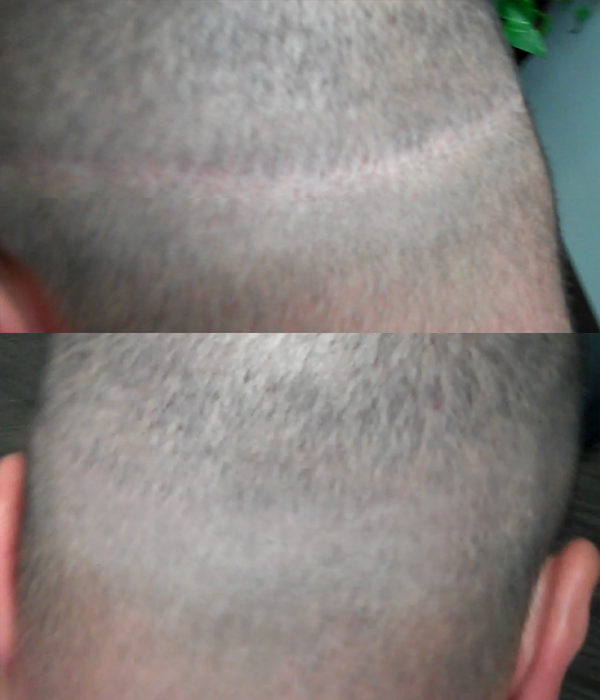Hair extensions may seem like a dream come true for those wanting long, luscious locks, but there’s a hidden side to this beauty trend. The darker aspects of hair extensions include potential unethical sourcing, hair quality issues, scalp damage, costly maintenance, and unrealistic beauty standards.
Hair Quality
Extensions can be made from real human hair, synthetic fibers, or a blend. Real hair is expensive and requires special care to prevent damage and matting. Synthetic extensions may look less natural and can tangle easily.
Scalp Damage
The application process, especially methods involving braiding or bonding, can put stress on the scalp leading to irritation, traction alopecia, and potential infections if not done properly by trained professionals.
Costly Maintenance
Hair extensions require significant upkeep like regular brushing, detangling, and cleansing to prevent matting and maintain scalp health. Depending on the method, reattachment or adjustments may be needed every few weeks, adding to ongoing costs on top of the initial high price tag.
Unrealistic Expectations
While extensions can add length and volume, it’s important to have realistic expectations as they won’t transform hair beyond its natural texture and density limits.
Additionally, the production of synthetic extensions contributes to non-biodegradable waste and environmental pollution. And the widespread use of extensions can perpetuate unrealistic beauty standards, leading to body image and self-esteem issues.
Before committing to hair extensions, it’s wise to explore alternatives, such as scalp micropigmentation.
Why Consider Alternatives to Hair Extensions For Hair Loss?
Hair extensions can be a helpful tool for concealing hair loss, but there are some things to consider. They come in various types, like clip-in or bonded extensions, which offer more volume or length. However, they might not be suitable for all hair loss types or completely bald areas on the scalp.
Strain on existing hair
Extensions can put stress on your already thinning hair, potentially causing breakage and worsening hair loss.
Maintenance
Hair extensions require regular maintenance, which can be time-consuming and expensive.
Scalp micropigmentation (SMP) can be a better alternative for hair loss for a few reasons:
How Can SMP Help?
SMP is a non-surgical treatment that deposits pigment into the scalp, creating the illusion of a shaved head with tiny hair follicles. It avoids the stress extensions put on your hair. Once applied, SMP requires minimal upkeep compared to extensions. It is suitable for various hair loss patterns and can camouflage different types of hair loss, from thinning hair to completely bald areas.
While both options address hair loss, SMP offers a more permanent and potentially less damaging solution.
When done by a skilled professional, SMP can mimic real shaved hair follicles with incredible realism. This creates a natural-looking hairline or adds density to thinning hair, boosting your confidence.
SMP’s ability to create a fuller head of hair can dramatically improve your confidence and overall well-being.
Unlike hair extensions that require time for application and blending, SMP delivers visible results within a single session, with most requiring only 2-4 sessions for a complete look.
Unlike hair transplant surgery, SMP is a non-invasive procedure that uses topical numbing agents to minimize discomfort. There’s no cutting or downtime involved, allowing you to resume normal activities quickly. While the initial cost might seem comparable to extensions, SMP is a semi-permanent solution that requires minimal touch-ups every few years, making it a more cost-effective option in the long run.
Finding the Best SMP Artist in Arizona
SMP can be used to conceal various hair loss types, including alopecia, receding hairlines, and even scarring from injuries or previous hair transplants.
However, it is crucial to consult with a skilled scalp practitioner for the job. Only an experienced SMP professional can create the results you desire. DermiMatch Clinic boasts a team of skilled professionals with experience in scalp micropigmentation.


